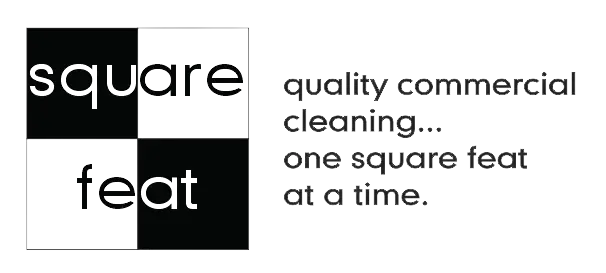Vinyl composition tile (VCT) floors are designed to stand up to the wear and tear in high traffic areas. They’re sturdy, resilient, and easy to clean, but they need regularly scheduled maintenance to help them last longer and keep them looking great.
Please read What is VCT Floor Maintenance? Part 1 if not already done.
Periodic Restoration Procedures for the Finish
When the floor’s surface starts looking dull, there are several ways to restore the finish. The method used depends on how much damage there is.
Burnishing
Burnishing restores the VCT by filling in and removing very shallow scratches from the finish. It is a light procedure that can be completed weekly, monthly, or as needed depending on the customer’s needs. The floor tech usually uses a mop-on restorer before burnishing. They complete the burnishing with a high-speed machine powered by an electric motor, battery, or propane (ultra-high speed) motor. Equipment used depends on the type of finish and needs of the facility manager. It cleans and removes light scratches to bring back the shine of the finish.
Light Scrub and Recoat
VCT floors need this procedure to repair areas where high traffic has significantly worn the finish or deeper scratches. The floor tech uses a low-speed machine to scrub the VCT, removing the worn layer of finish and any embedded dirt. Afterwards they rinse the floor and apply two or three additional coats of finish. VCT floors require this procedure less often that burnishing. Depending on traffic, it should be done every 1 to 3 months in areas where there is high foot traffic. Using the appropriate scrubbing pads is important to accomplish the results desired. Red pads work well for light scrubbing, blue or green for deeper cleaning. Brown or black pads are normally too abrasive to use for light scrubbing and are reserved only for stripping VCT floors.
Strip and Refinish
Every few months, depending on how the floor looks and how much traffic it gets, it is necessary to completely remove the old finish using a specially formulated stripper. The floor tech applies the stripper to chemically dissolve the old finish and then removes the strip solution with a wet vacuum. Then they neutralize the stripped tile floor, rinse it with clean water, and let it dry completely. After the floor dries, the technician applies four or five new coats of finish, just as they would do for a new floor.
Other Floor Maintenance Tips
To further protect VCT flooring, install throw rugs or mats at entryways. These should be large enough to allow two to three paces before leaving the mat (6 to 9 feet). These mats serve as “dirt traps” to keep dirt isolated from the other parts of the facility.
The Right Maintenance Products for the Job
The chemistry for maintaining, scrubbing, and stripping VCT floors is key. The proper use of chemicals for the job is important. The improper use of chemicals can cause problems that cost time and money. Because of the chemistry developed in finishes commonly used for VCT floors, floor techs should consult a knowledgeable chemical supplier to ensure they use the right system of chemicals that best work together to achieve the desired results. Leave it up to the professionals! Your VCT will look its best for years when you maintain a regular cleaning schedule, using the proper cleaning agents for this type of flooring.



